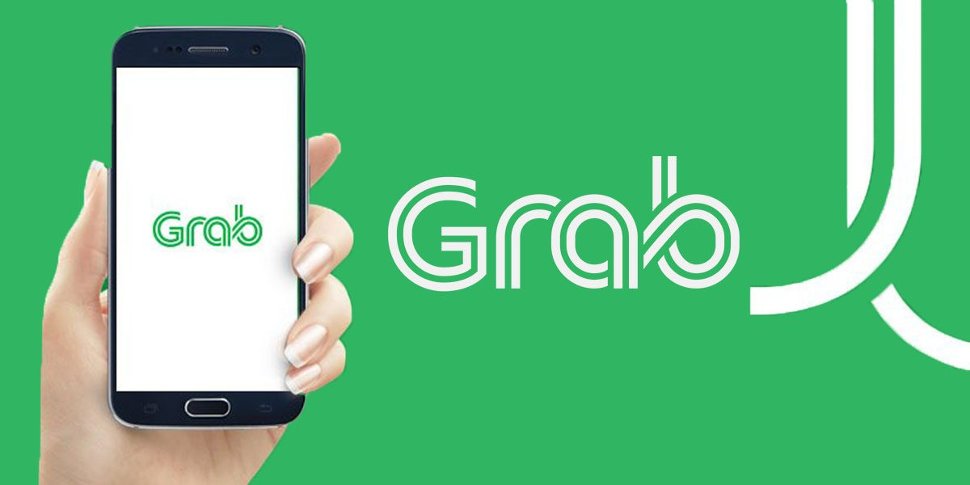THAT the harsh reality of business bites after stripping off hype best describes the predicament encountered by Malaysia-originated but Singapore-headquartered Nasdaq-listed e-hailing-cum-superapp outfit Grab Holdings Ltd.
Debuted on Nasdaq on Dec 2 last year amid fanfare and pride in view of its humble origin as MyTeksi with some initial funding from the government’s Cradle Fund to be the largest listing in the US by a Southeast Asian company, Grab was forced to swallow the humble pie of a US$1.1 bil loss in 4Q 2021 ended December.
Not only that this was 73% higher than the loss posted in the previous corresponding quarter at US$635 mil, Grab posted a loss of US$3.06 bil for FY2021, 30% higher than the loss of US$2.74 bil in FY2020.
Grab which counts SoftBank Group Corp and Uber Technologies Inc as its two biggest shareholders closed unchanged at US$3.36 during the close of Monday’s (March 7) overnight trading which was a fraction or -80.4% of its 52-week high of US$17.15.
Despite its dismal performance, The Edge Singapore reported that analysts at Citi Research have maintained their “buy” call for Grab with a lower target price of US$8.20 from US$9 previously while describing the over 30% sell-off in the company’s share price following its 4Q 2021 results as “unwarranted”.
“With US$6.8 bil in net cash and its effective super app strategy, we view the sell-off as an enhanced buying opportunity and remain confident of Grab’s ability to execute and facilitate on-demand services,” the analysts noted, attributing broad market weakness amid geopolitical instability might have prompted some investors to cut losses on their position.
Citi adjusted their 2022-2024 net loss forecasts to US$1.95 bil, US$1.44 bil, US$901 mil respectively, implying earnings per share (EPS) of -49 US cents, -36 US cents and -23 US cents.
Meanwhile, DBS Group Research analyst Sachin Mittal has maintained his “hold” call on Grab with an unrevised target price of US$5.60, translating to five times FY2022 adjusted net sales.
He pointed out that Grab’s 4Q 2021 delivery gross merchandise value (GMV) of US$2.4 bil with a sequentially stable take rate of 18% was in line with expectations. However, the adjusted EBITDA (earnings before interest, taxes, depreciation and amortisation) loss of US$84 mil was worse than the expected loss of US$26 mil.
“This could be due to severe competition in Indonesia led by Shopee delivery service who secured 8% share in less than nine-month of its launch,” suggested Mittal.
While it is far from the break-even point, group CEO and co-founder Anthony Tan expects 2022 to be another watershed year for Grab as it prepares to launch its digibank in Singapore and continue to pursue opportunities in deliveries.

“2021 was our strongest year yet even as we faced tougher conditions with the Delta and Omicron variants. We achieved out-sized growth in both GMV and revenues while continuing to improve our adjusted EBITDA margins year over year, demonstrating the resilience and growing relevance of the superapp,” added Tan.
But the sour-bitter reality looms amid over-crowding in the superapp sphere or that – as one industry observer outs it – Southeast Asia still lacks the necessary digital infrastructure which allows a super app to thrive.
“While the super app concept might be intuitive to the digitally savvy Chinese consumers (as in the case of Meituan-Dianping, WeChat, and Alipay), it might not be for the Southeast Asian market,” penned Digital Industry Singapore’s senior development partner Yi Hong Poo in The Startup portal.
“Nonetheless, the redeeming factor about Southeast Asia is the young and affluent digital native middle-class population. These people grew up in a mobile-first environment and they can learn very quickly.” – March 8, 2022









